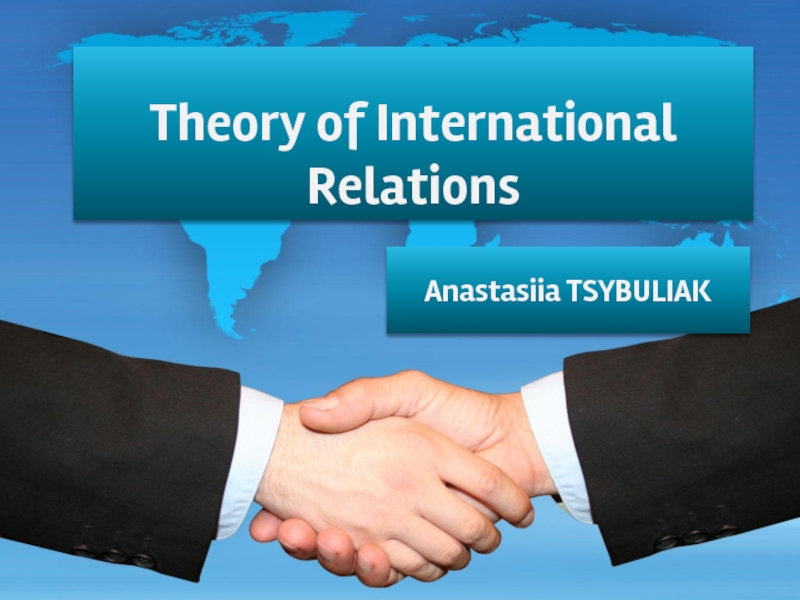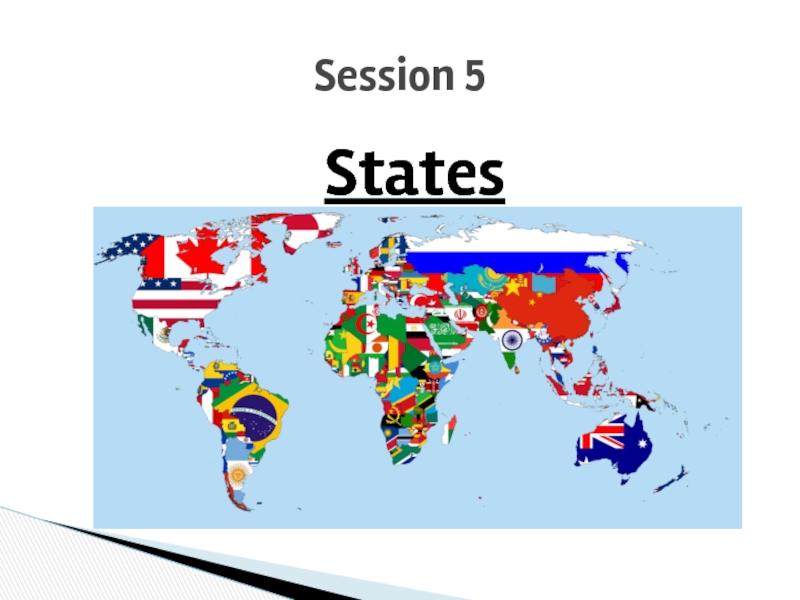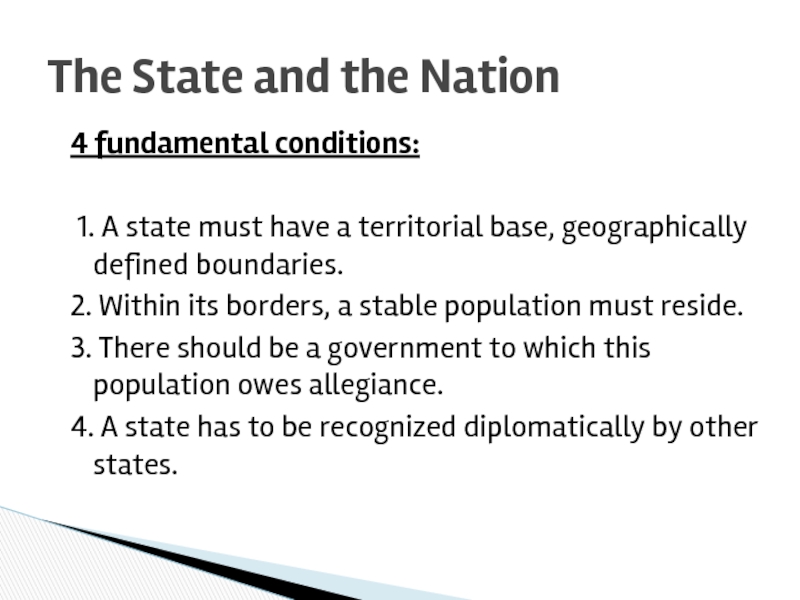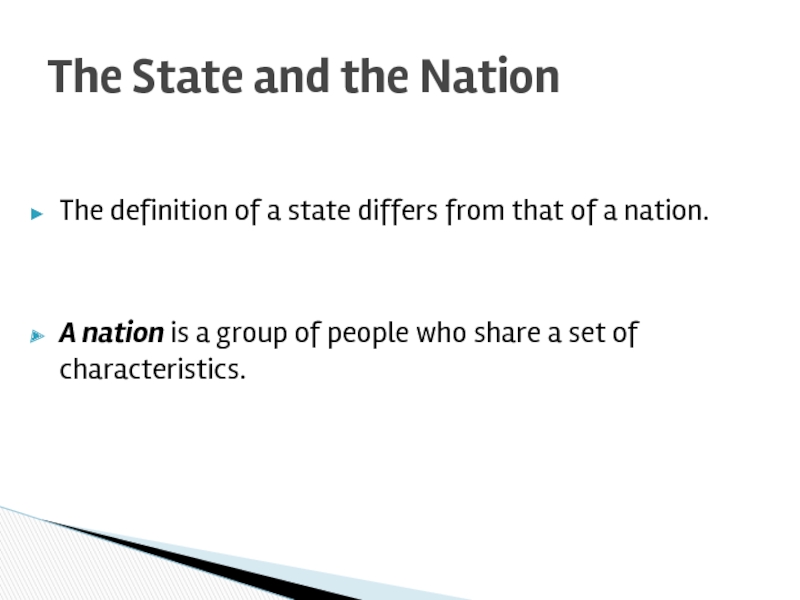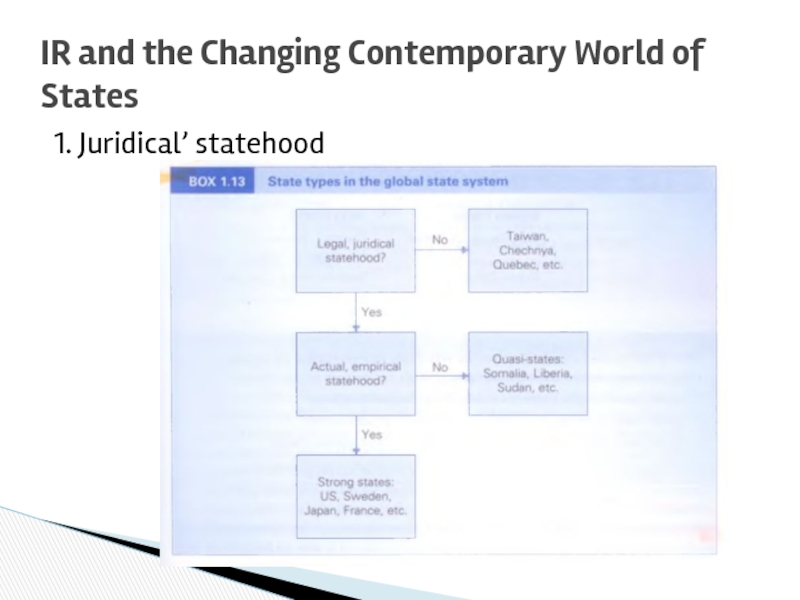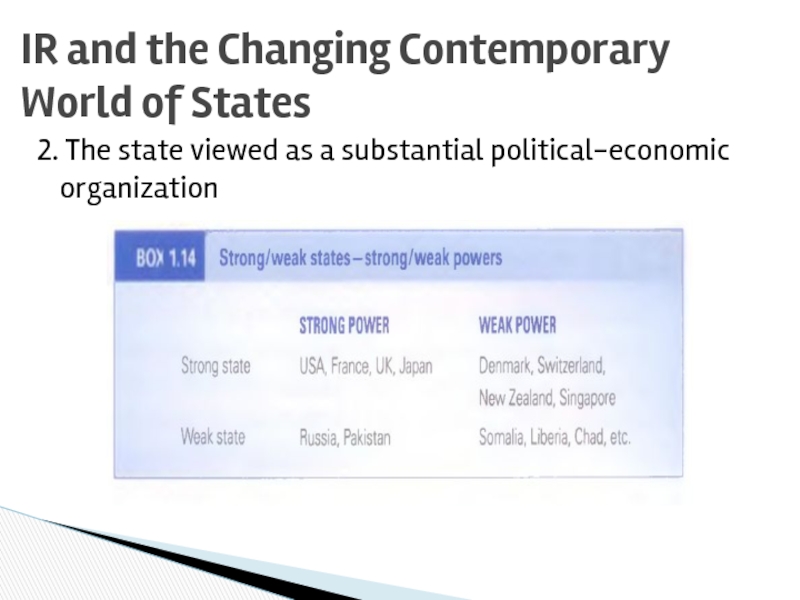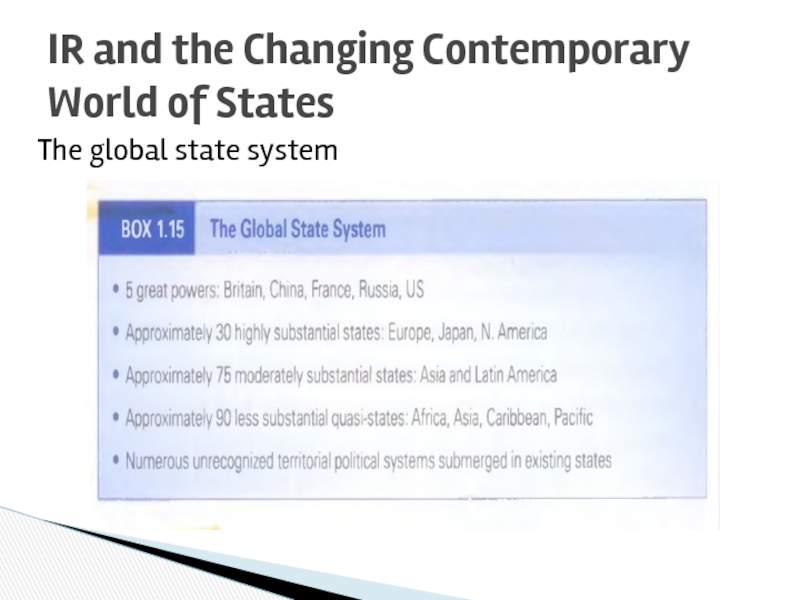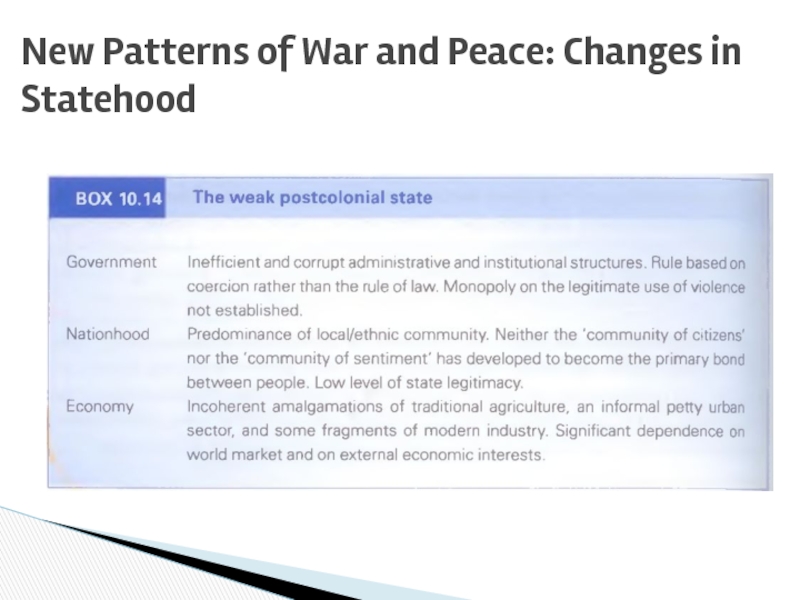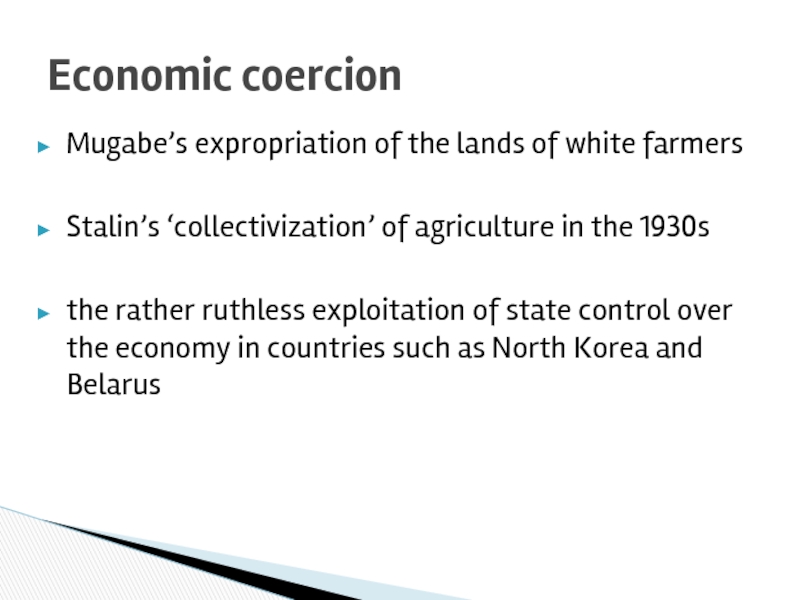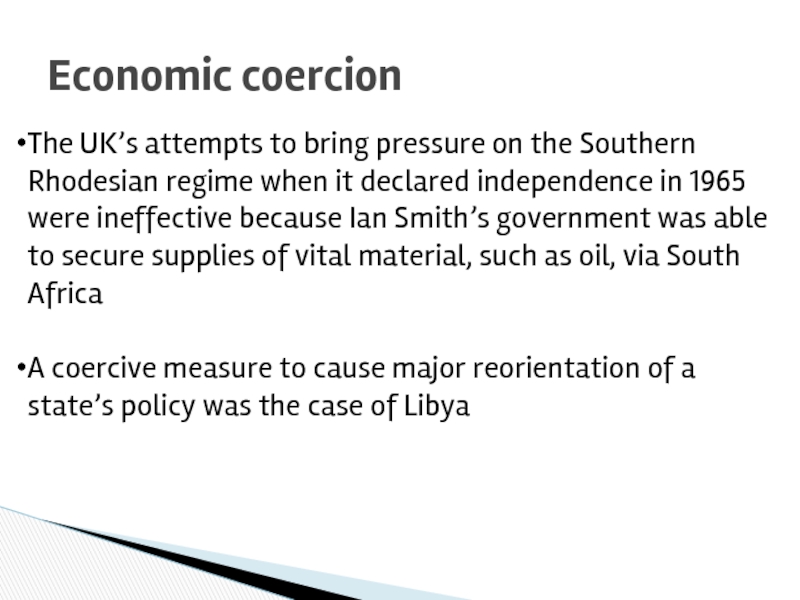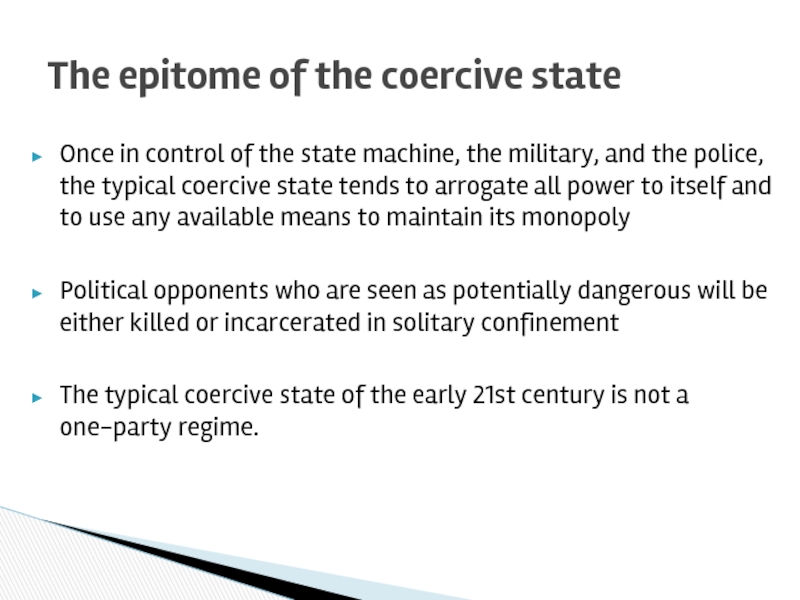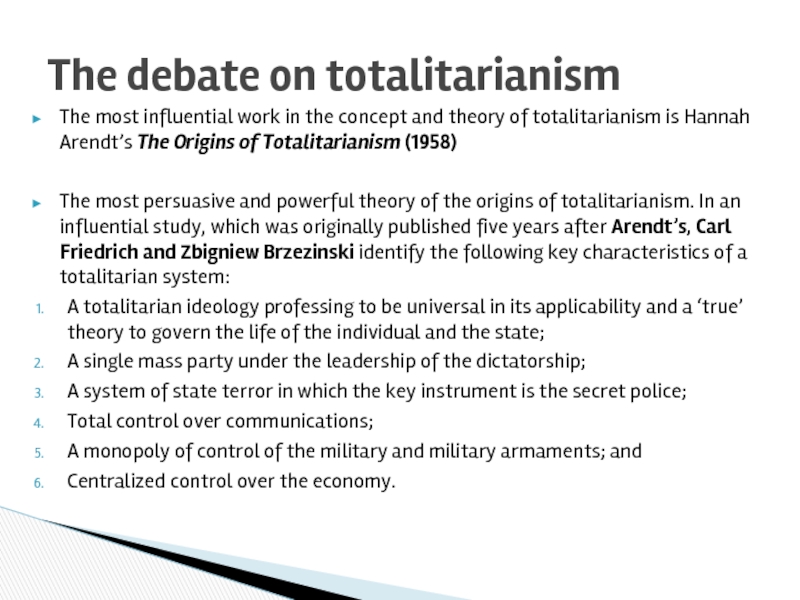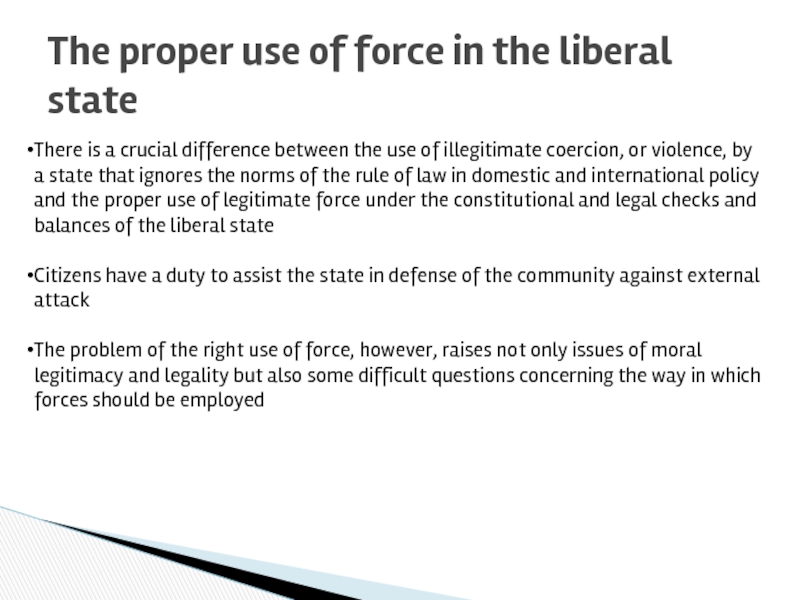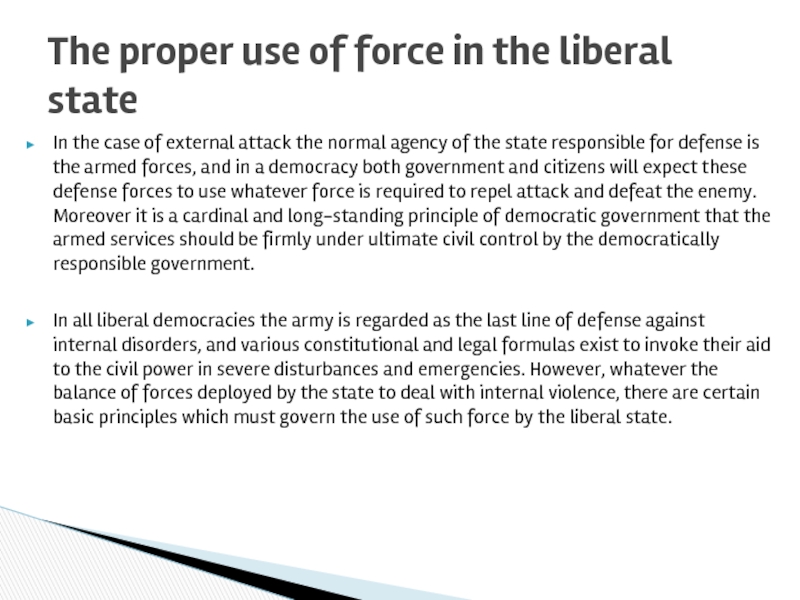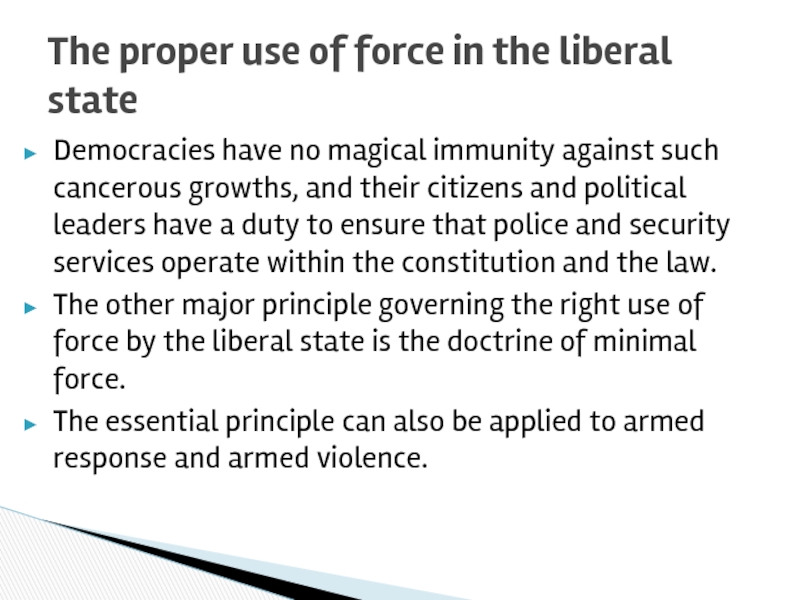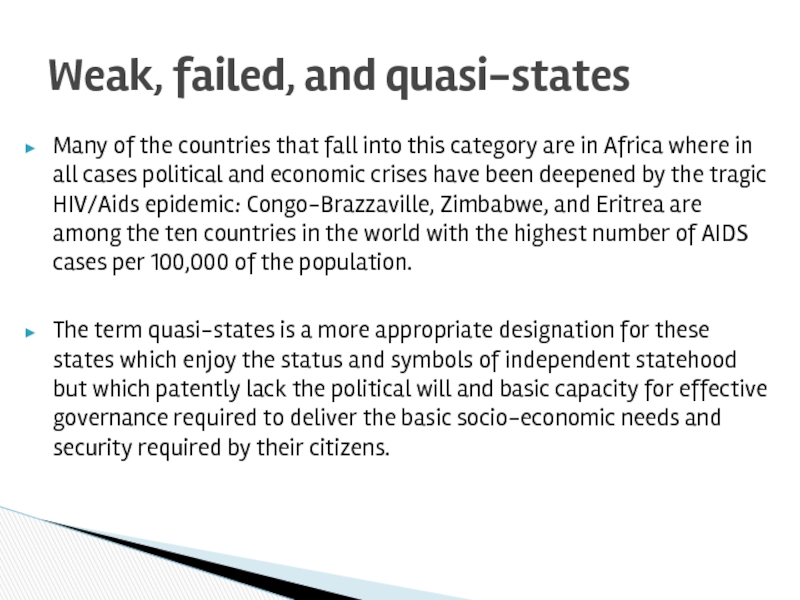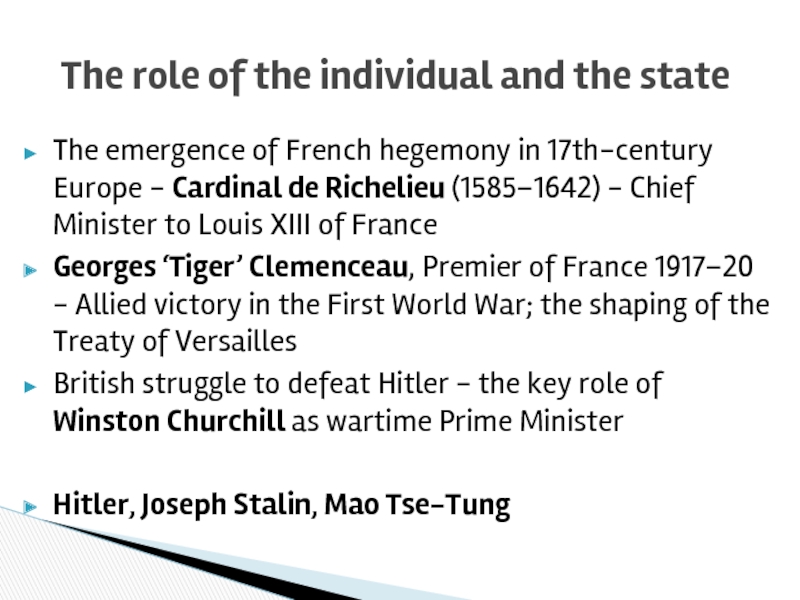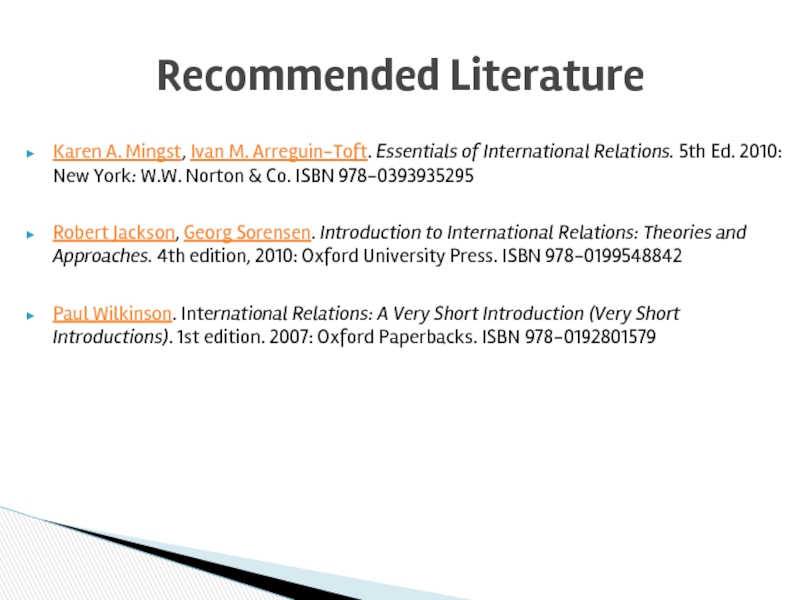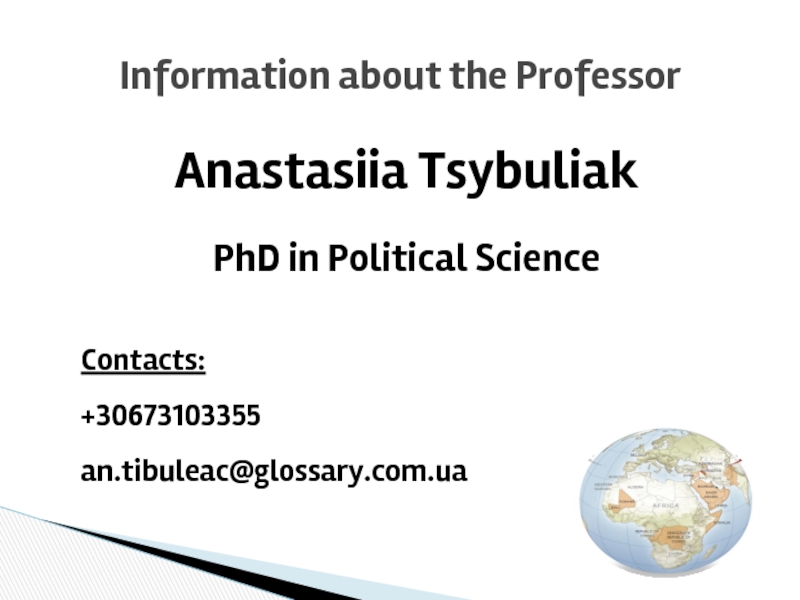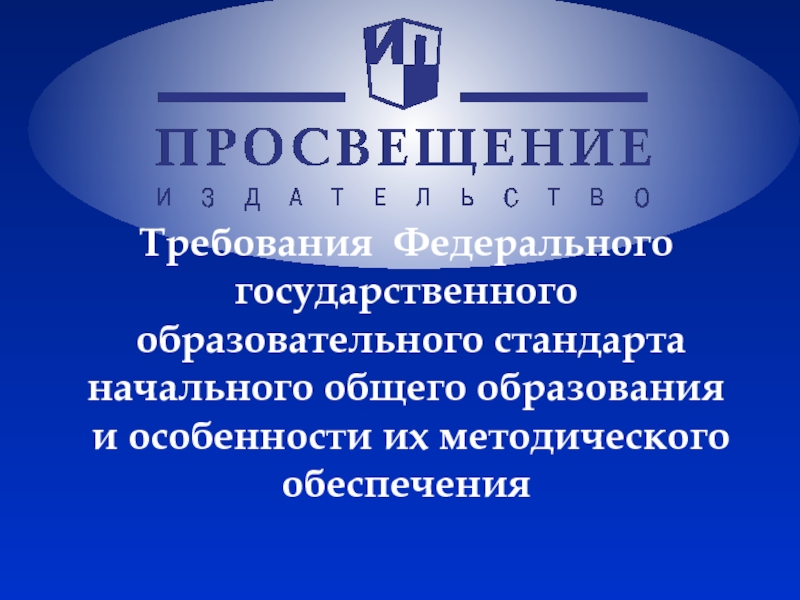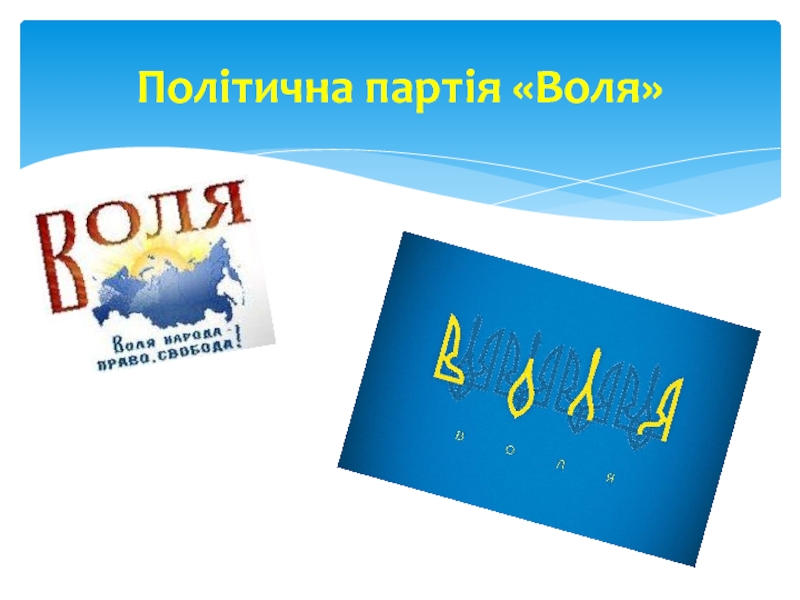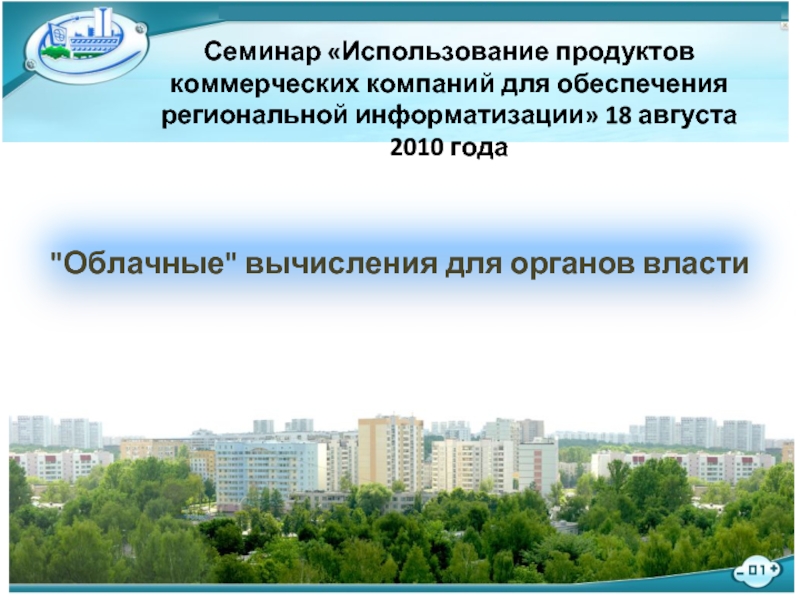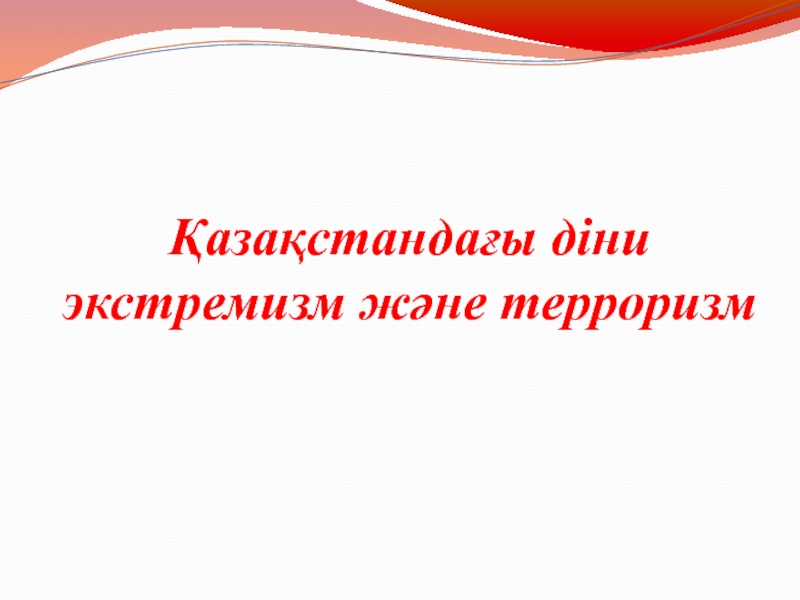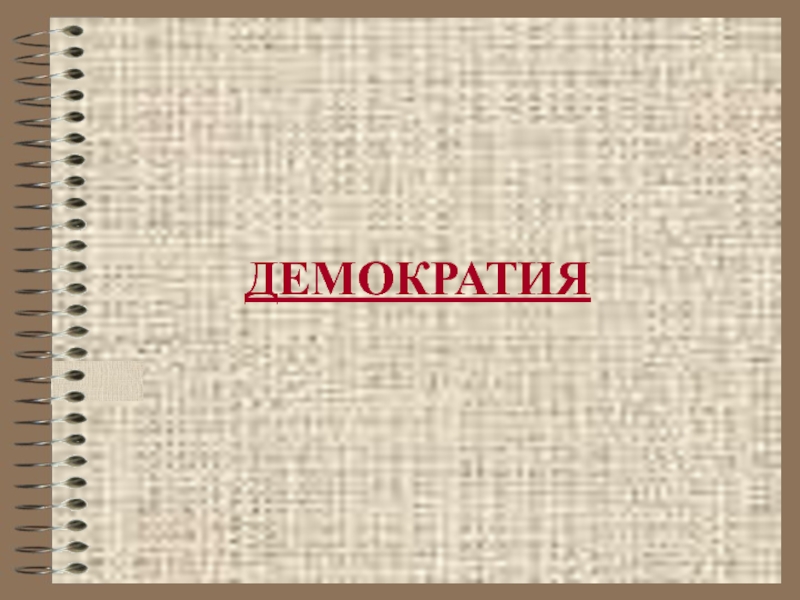- Главная
- Разное
- Дизайн
- Бизнес и предпринимательство
- Аналитика
- Образование
- Развлечения
- Красота и здоровье
- Финансы
- Государство
- Путешествия
- Спорт
- Недвижимость
- Армия
- Графика
- Культурология
- Еда и кулинария
- Лингвистика
- Английский язык
- Астрономия
- Алгебра
- Биология
- География
- Детские презентации
- Информатика
- История
- Литература
- Маркетинг
- Математика
- Медицина
- Менеджмент
- Музыка
- МХК
- Немецкий язык
- ОБЖ
- Обществознание
- Окружающий мир
- Педагогика
- Русский язык
- Технология
- Физика
- Философия
- Химия
- Шаблоны, картинки для презентаций
- Экология
- Экономика
- Юриспруденция
Session 6 презентация
Содержание
- 1. Session 6
- 2. States Session 5
- 3. 4 fundamental conditions: 1. A
- 4. The definition of a state
- 5. IR and the Changing Contemporary World of States 1. Juridical’ statehood
- 6. 2. The state viewed as a substantial
- 7. The global state system IR and the Changing Contemporary World of States
- 8. New Patterns of War and Peace: Changes in Statehood
- 9. Mugabe’s expropriation of the lands of white
- 10. Economic coercion The UK’s attempts
- 11. Once in control of the state machine,
- 12. The most influential work in the concept
- 13. The proper use of force
- 14. In the case of external attack the
- 15. Democracies have no magical immunity against such
- 16. Many of the countries that fall into
- 17. The emergence of French hegemony in 17th-century
- 18. Karen A. Mingst, Ivan M. Arreguin-Toft. Essentials
- 19. Information about the Professor Anastasiia Tsybuliak PhD in Political Science Contacts: +30673103355 an.tibuleac@glossary.com.ua
Слайд 34 fundamental conditions:
1. A state must have a territorial base,
2. Within its borders, a stable population must reside.
3. There should be a government to which this population owes allegiance.
4. A state has to be recognized diplomatically by other states.
The State and the Nation
Слайд 4
The definition of a state differs from that of a nation.
A nation is a group of people who share a set of characteristics.
The State and the Nation
Слайд 62. The state viewed as a substantial political-economic organization
IR and
Слайд 9Mugabe’s expropriation of the lands of white farmers
Stalin’s ‘collectivization’ of agriculture
the rather ruthless exploitation of state control over the economy in countries such as North Korea and Belarus
Economic coercion
Слайд 10
Economic coercion
The UK’s attempts to bring pressure on the Southern Rhodesian
A coercive measure to cause major reorientation of a state’s policy was the case of Libya
Слайд 11Once in control of the state machine, the military, and the
Political opponents who are seen as potentially dangerous will be either killed or incarcerated in solitary confinement
The typical coercive state of the early 21st century is not a one-party regime.
The epitome of the coercive state
Слайд 12The most influential work in the concept and theory of totalitarianism
The most persuasive and powerful theory of the origins of totalitarianism. In an influential study, which was originally published five years after Arendt’s, Carl Friedrich and Zbigniew Brzezinski identify the following key characteristics of a totalitarian system:
A totalitarian ideology professing to be universal in its applicability and a ‘true’ theory to govern the life of the individual and the state;
A single mass party under the leadership of the dictatorship;
A system of state terror in which the key instrument is the secret police;
Total control over communications;
A monopoly of control of the military and military armaments; and
Centralized control over the economy.
The debate on totalitarianism
Слайд 13
The proper use of force in the liberal state
There is a
Citizens have a duty to assist the state in defense of the community against external attack
The problem of the right use of force, however, raises not only issues of moral legitimacy and legality but also some difficult questions concerning the way in which forces should be employed
Слайд 14In the case of external attack the normal agency of the
In all liberal democracies the army is regarded as the last line of defense against internal disorders, and various constitutional and legal formulas exist to invoke their aid to the civil power in severe disturbances and emergencies. However, whatever the balance of forces deployed by the state to deal with internal violence, there are certain basic principles which must govern the use of such force by the liberal state.
The proper use of force in the liberal state
Слайд 15Democracies have no magical immunity against such cancerous growths, and their
The other major principle governing the right use of force by the liberal state is the doctrine of minimal force.
The essential principle can also be applied to armed response and armed violence.
The proper use of force in the liberal state
Слайд 16Many of the countries that fall into this category are in
The term quasi-states is a more appropriate designation for these states which enjoy the status and symbols of independent statehood but which patently lack the political will and basic capacity for effective governance required to deliver the basic socio-economic needs and security required by their citizens.
Weak, failed, and quasi-states
Слайд 17The emergence of French hegemony in 17th-century Europe - Cardinal de
Georges ‘Tiger’ Clemenceau, Premier of France 1917–20 - Allied victory in the First World War; the shaping of the Treaty of Versailles
British struggle to defeat Hitler - the key role of Winston Churchill as wartime Prime Minister
Hitler, Joseph Stalin, Mao Tse-Tung
The role of the individual and the state
Слайд 18
Karen A. Mingst, Ivan M. Arreguin-Toft. Essentials of International Relations. 5th Ed.
Robert Jackson, Georg Sorensen. Introduction to International Relations: Theories and Approaches. 4th edition, 2010: Oxford University Press. ISBN 978-0199548842
Paul Wilkinson. International Relations: A Very Short Introduction (Very Short Introductions). 1st edition. 2007: Oxford Paperbacks. ISBN 978-0192801579
Recommended Literature
